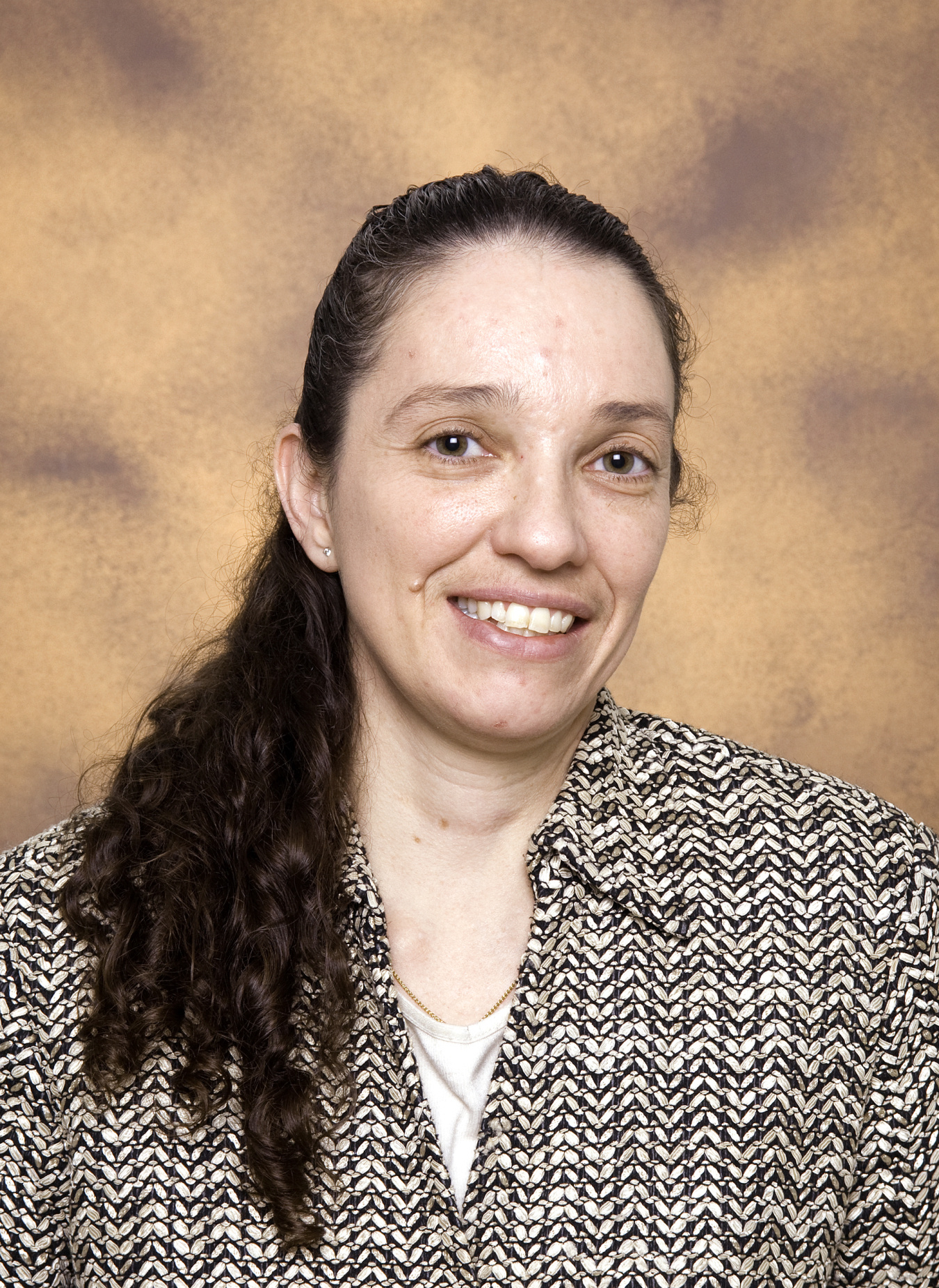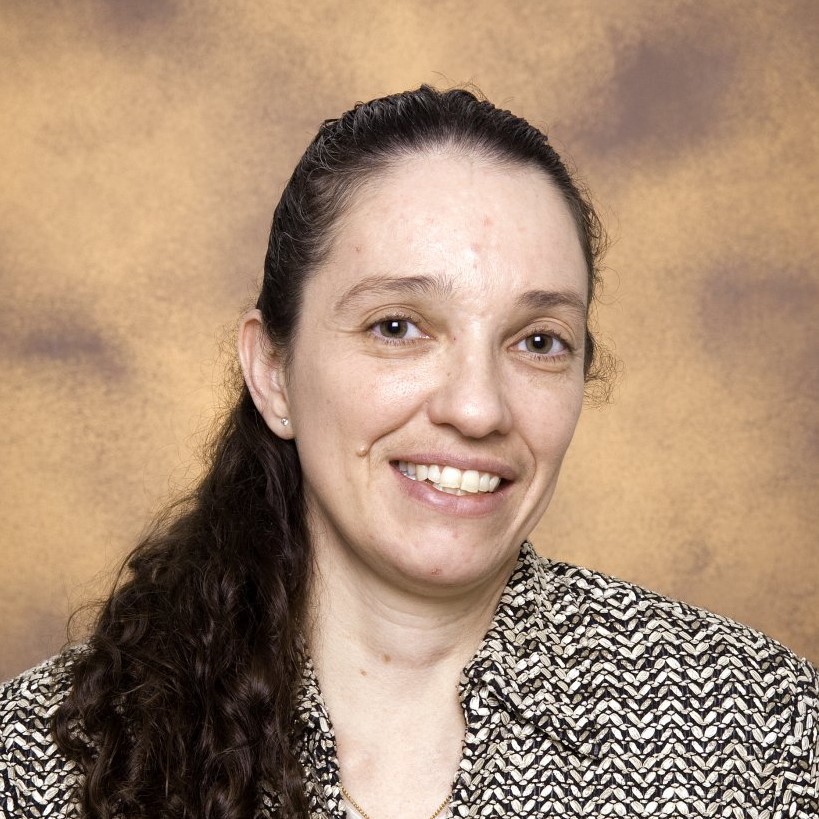Secretary Moniz last week signed an updated Energy Emergency Assurance Coordinators (EEAC) Agreement with the National Association of State Energy Officials, National Association of Regulatory Utility Commissioners, National Governors Association, and ...
February 19, 2016Energy Secretary Ernest Moniz and NASEO Executive Director David Terry at the February 10, 2016 signing of the Energy Emergency Assurance Coordinators Agreement. | Photo Courtesy of NASEO.
At the Office of Electricity Delivery and Energy Reliability, we work diligently with our private and public partners to help ensure that our Nation’s energy infrastructure is reliable, resilient, flexible, and secure, regardless of whether the hazard is natural or manmade. When there are major power or fuel disruptions, we lead Federal efforts to facilitate the restoration of damaged energy infrastructure. Our partnerships with industry and the public sector are vital to these efforts.
That is why I am pleased to announce that Secretary Moniz last week signed an updated Energy Emergency Assurance Coordinators (EEAC) Agreement with the National Association of State Energy Officials, National Association of Regulatory Utility Commissioners, National Governors Association, and the National Emergency Management Association. Updating the EEAC Agreement is a critical step in helping the Federal Government and States work together to provide a unified response to energy emergencies.
The updated EEAC Agreement lays out concrete items to improve our collective ability to share information, which is essential for making sound response and restoration decisions during emergencies. It calls for updating a comprehensive list of contacts at the State and Federal levels who understand energy markets and supply chains, gathering information on energy supplies and systems before and during energy emergencies, and sharing this information across the network of contacts to make everyone aware of the current situation. These individuals will monitor energy markets through publicly-available sources such as the Department’s Energy Information Administration and post information on a secure website to help decision makers at the State and Federal levels make unified and coordinated decisions. Once the list of contacts is updated, DOE and State associations will provide training and seminars to make sure these personnel have the tools to provide the best information possible.
To support this effort, DOE and States will develop information-sharing protocols and processes to streamline response operations and test these processes and information-sharing mechanisms through drills and exercises on a routine basis. Lessons learned from these drills and exercises will inform and improve State Energy Assurance Plans and DOE-specific energy response plans.
As we continue working closely with our partners to improve the reliability, resiliency, flexibility, and security of the Nation’s energy infrastructure, the updated EEAC Agreement will help improve our information sharing capabilities that are vital to efficiently and timely restoring energy systems following an energy emergency. Thank you to our State partners for working with the Department to achieve this important milestone! I look forward to working with our State colleagues on the collaborative implementation of this important agreement.
Patricia A. Hoffman

Acting Assistant Secretary, Principal Deputy Assistant Secretary, Office of Electricity
Former Principal Deputy Assistant Secretary for the Office of Electricity (OE) at the U.S. Department of Energy (DOE), Ms. Patricia A. Hoffman also served as Acting Under Secretary for Science and Energy from January 2017 until November 2017 when the U.S. Senate confirmed Mark Menezes as Under Secretary of Energy. Ms. Hoffman served as Acting Assistant Secretary for OE from January 2017 until October 2017 when the OE Assistant Secretary was confirmed by the U.S. Senate.
Ms. Hoffman was named Assistant Secretary for OE from June 2010 to January 2017, after serving as Principal Deputy Assistant Secretary since November 2007. The focus of her responsibility was to provide leadership on a national level to modernize the electric grid, enhance the security and reliability of the energy infrastructure and facilitate recovery from disruptions to the energy supply both domestically and internationally. This is critical to meeting the Nation’s growing demand for reliable electricity by overcoming the challenges of our Nation’s aging electricity transmission and distribution system and addressing the vulnerabilities in our energy supply chain.
Prior to her this position, Ms. Hoffman served in a dual capacity as Deputy Assistant Secretary (DAS) for Research and Development (R&D) and Chief Operating Officer (COO) within OE. During her tenure as the DAS for R&D, she developed the long-term research strategy and improved the management portfolio of research programs for modernizing and improving the resiliency of the electric grid. This included developing and implementing sensors and operational tools for wide-area monitoring, energy storage research and demonstration, and the development of advanced conductors to increase the capacity and flexibility of the grid. She also initiated a new research effort focused on integrating and distributing renewable energy through the electric grid, such as promoting plug-in hybrid electric vehicles and implementing smart grid technologies to maintain system reliability. As COO, she managed the OE business operations, including human resources, budget development, financial execution, and performance management.
Prior to joining OE, she was the Program Manager for the Federal Energy Management Program within the Office of Energy Efficiency and Renewable Energy at DOE. This program guides the Federal government to “lead by example” promoting energy efficiency, renewable energy, and smart energy management. Complementing her building energy efficiency experience, she also was the Program Manager for the Distributed Energy Program, which conducted research on advanced natural gas power generation and combined heat and power systems. Her accomplishments included the successful completion of the Advanced Turbine System program resulting in a high-efficiency industrial gas turbine power generation product.
Ms. Hoffman holds a Bachelor of Science and a Master of Science in Ceramic Science and Engineering from Pennsylvania State University.


